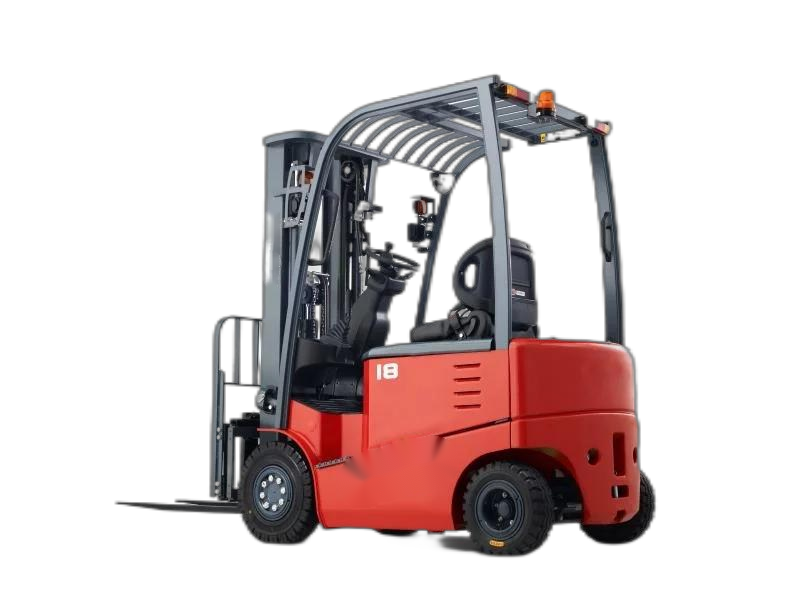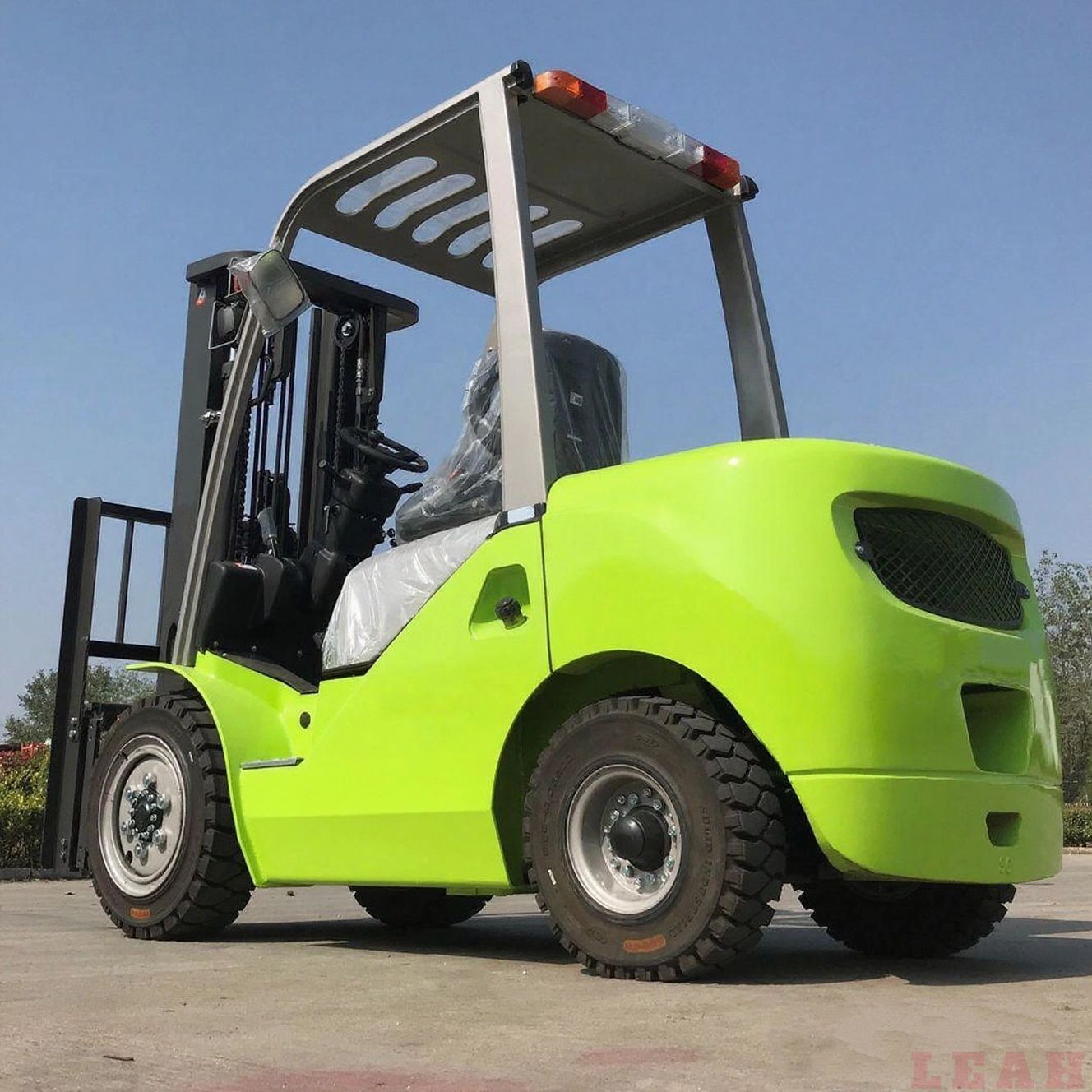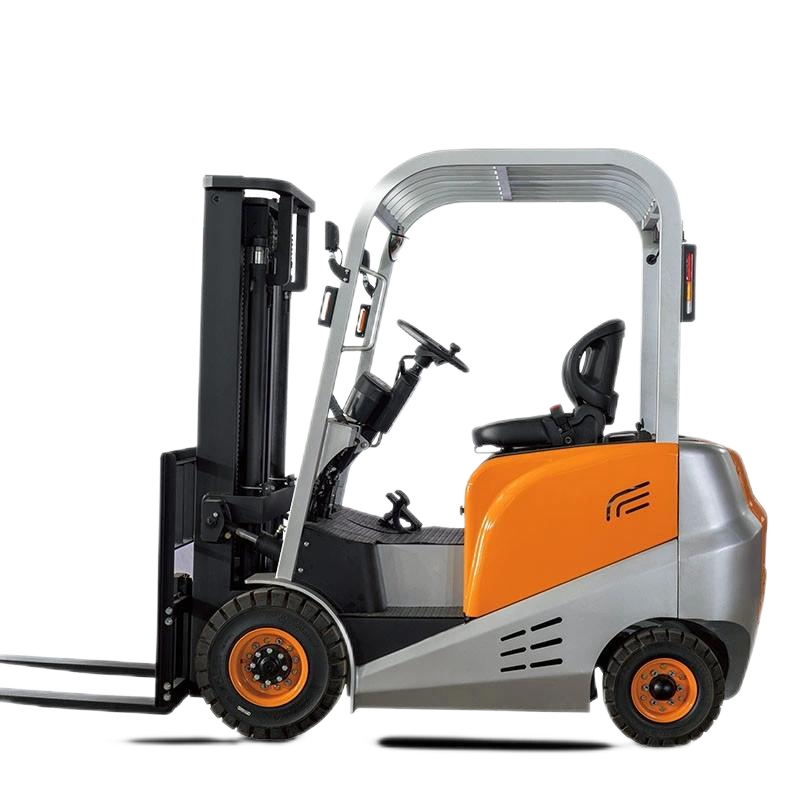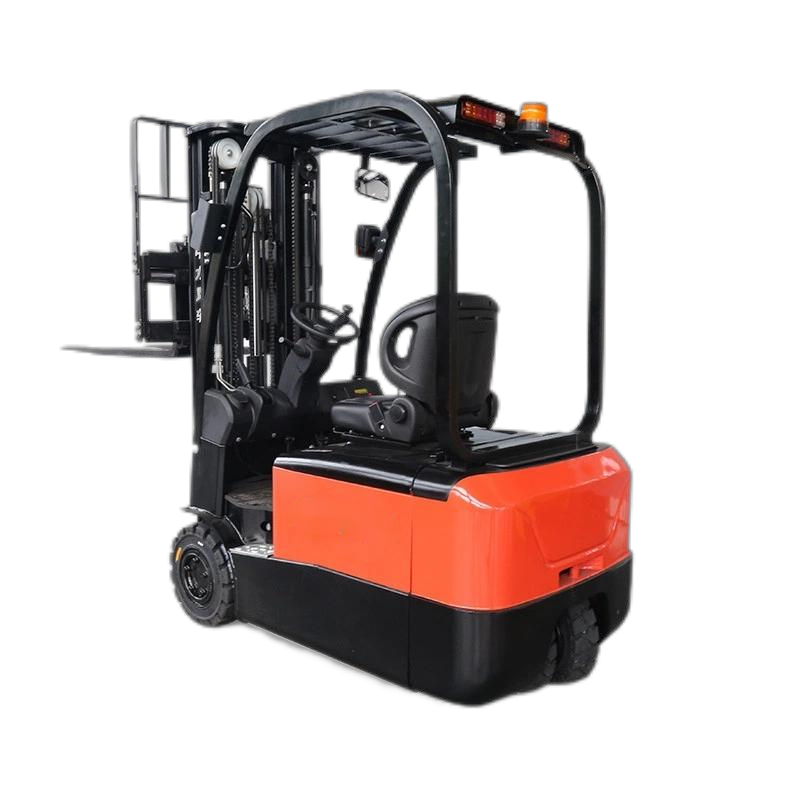The Core Configurations of Electric Forklifts
The core configurations of electric forklifts revolve around four major modules: power, load-bearing, operation, and safety. Different combinations of configurations determine their applicable scenarios and operational efficiency.

I. Core Power Configuration
The power system is the "heart" of an
electric forklift, directly affecting its endurance and operational stability.
Battery Types
The mainstream types are lead-acid batteries and lithium-ion batteries.
- Lead-acid batteries: Low cost, mature technology, with a single-charge endurance of approximately 4-8 hours. They are relatively heavy and have a service life of about 1-2 years.
- Lithium-ion batteries: Small in size and light in weight, with an endurance of up to 8-12 hours. They support fast charging (full charge in 1-2 hours) and have a service life of about 3-5 years, but their cost is relatively high.
Motor Types
The main types are DC motors and AC motors.
- DC motors: Simple structure, low maintenance cost, suitable for light-load and short-duration operation scenarios.
- AC motors: Stronger power, higher efficiency, low operating noise, and longer maintenance intervals, suitable for heavy-load and high-frequency operation scenarios.
II. Key Load-Bearing and Driving Configurations
This part determines the forklift’s operational capability and applicable environment.
Rated Load Capacity
Common specifications are 1.5 tons, 2 tons, and 3 tons. For special scenarios, there are heavy-duty models with a load capacity of over 5 tons. The selection should be based on the weight of the goods.
Lifting Height
The standard lifting height is 3 meters. For warehouse high-level shelf scenarios, models with a lifting height of 4.5 meters, 6 meters, or even higher should be selected.
Travel Speed
The no-load speed is usually 8-12 km/h, and the full-load speed is slightly lower (6-10 km/h). For indoor operations, low-speed versions can be selected to ensure safety.
Tire Types
- Solid rubber tires: Wear-resistant and puncture-resistant, suitable for rough surfaces (e.g., factory workshops, outdoor yards).
- Polyurethane tires: Low noise and low wear, suitable for smooth surfaces (e.g., warehouses, logistics centers).
III. Operation and Comfort Configurations
These configurations affect the driver’s operational efficiency and fatigue level, and are particularly important for high-frequency operation scenarios.
Control Methods
Divided into handle-type and steering-wheel-type:
- Handle-type: High flexibility, suitable for narrow spaces.
- Steering-wheel-type: The operation habit is closer to that of a car, suitable for large-area sites.
Seat and Shock Absorption
High-end models are equipped with adjustable seats and shock-absorbing chassis to reduce waist fatigue during long-term operations.
Display Panel
Basic models display battery level and speed; high-end models can display fault codes and battery temperature, facilitating real-time status monitoring.
IV. Safety Configurations
These are essential guarantees during operation and cannot be ignored.
Basic Safety Configurations
Including emergency power-off switch, driving warning lights, horn, and rearview mirrors. All models must be equipped with these as standard.
Advanced Safety Configurations
- Anti-rollover system: Monitors the vehicle’s tilt angle through sensors and automatically decelerates or stops when the threshold is exceeded.
- Reverse image/radar: Improves operational safety in narrow spaces or blind spots.
- Load sensor: Sounds an alarm when overloaded to avoid damage to the forklift or accidents.
Recommendations for Configuration Selection
When selecting configurations, it is necessary to consider specific operation scenarios and avoid blindly pursuing high-end or low-end configurations:
- Light-load and short-endurance scenarios (e.g., small warehouses): A rated load capacity of 1.5-2 tons, lead-acid battery, solid tires, and basic safety configurations are sufficient.
- Heavy-load and high-frequency scenarios (e.g., factory workshops): A rated load capacity of over 3 tons, lithium-ion battery, AC motor, anti-rollover system, and shock-absorbing seat are recommended.
- High-level operation scenarios (e.g., automated warehouses): A lifting height of over 4.5 meters, polyurethane tires, steering-wheel-type control, and reverse radar are recommended.








